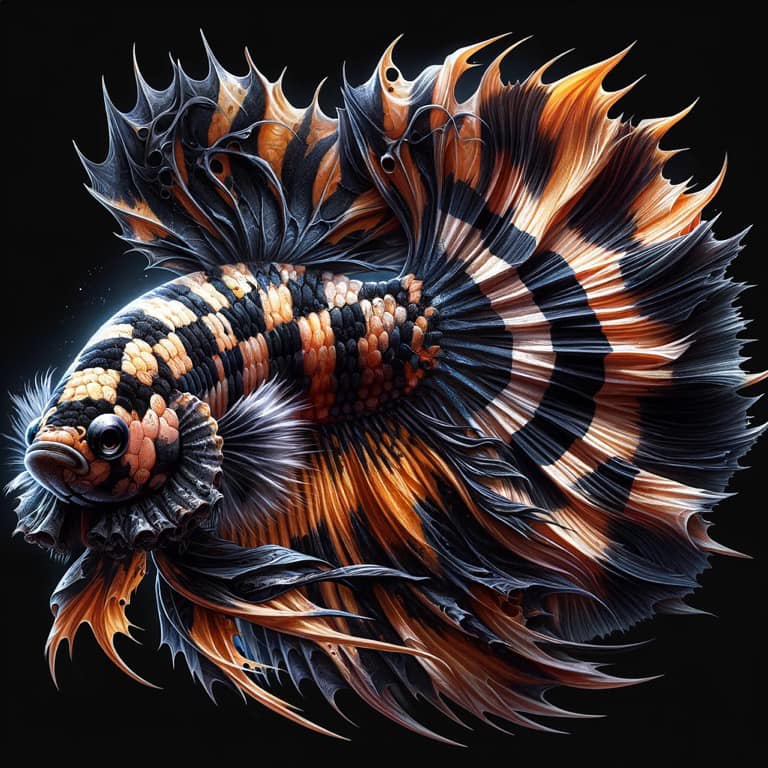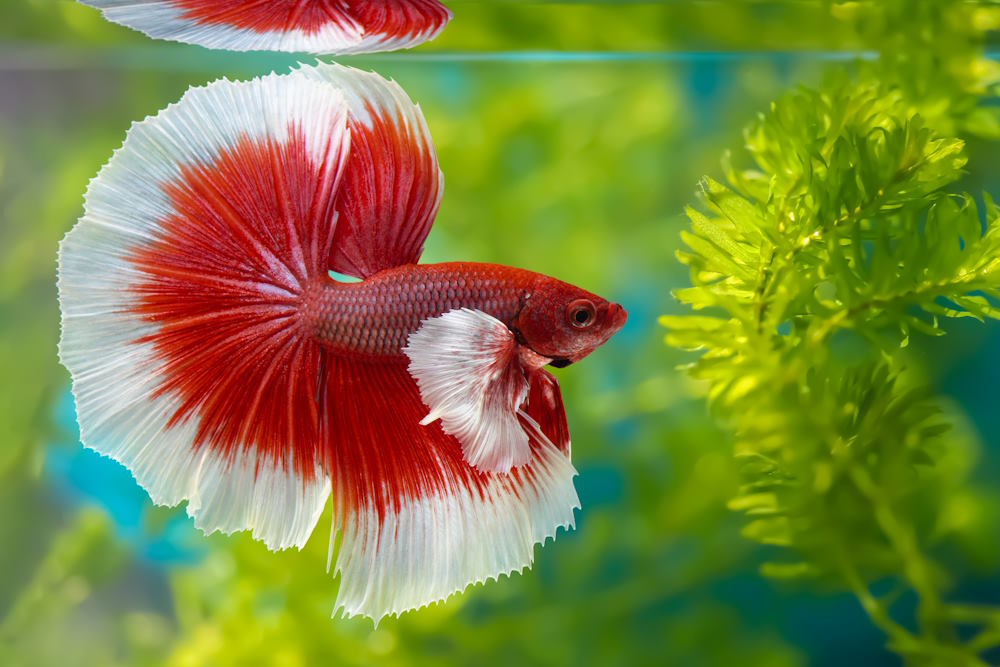How to Pick the Right Betta Fish for Your Fish tank
How to Pick the Right Betta Fish for Your Fish tank
Blog Article
Reproducing Betta Fish: a Comprehensive Step-By-Step Overview to Effectively Raising Child Bettas From Eggs to Their Adult Years
Reproducing Betta fish is a precise venture that needs careful planning and implementation to guarantee the effective growth of fry from eggs to develop fish. Picking genetically diverse breeding sets with preferable features is only the start; developing an ideal setting and comprehending the intricacies of the reproducing procedure are equally vital. As the male Betta diligently constructs a bubble nest and guards the valuable eggs, the subsequent stages of treatment and shift need interest to detail and expertise of best practices. Just how does one navigate the tough yet satisfying course of supporting these vibrant creatures to the adult years?

Selecting Breeding Pairs
When getting started on the journey of breeding Betta fish, choosing the right reproduction pairs is important to attaining preferable attributes and a healthy and balanced lineage - betta fish. The first step in this process is to determine the certain attributes you desire to boost or maintain, such as color, fin type, and physique. It is necessary to choose genetically varied pairs to prevent inbreeding, which can result in health and wellness issues and unfavorable features
Review possible reproducing candidates thoroughly. A healthy and balanced male Betta must display vivid colors, an energetic temperament, and well-formed fins, while the woman must also display vibrant coloration and a rounded belly, suggesting preparedness for spawning. Observing the character of both fish is important, as aggressive or excessively shy individuals may not breed efficiently.
Keeping records of the parent fish's ancestry can aid you track hereditary qualities and prospective problems. Inevitably, spending time in the choice procedure will significantly improve the likelihood of producing strong, vibrant children that meet your reproduction objectives.

Preparing the Breeding Storage Tank
Producing an optimum reproduction atmosphere is a vital step after choosing ideal sets for Betta fish. The breeding container need to be particularly made to give comfort and boost the natural reproduction habits of the fish. Begin with a tank size of a minimum of 10 gallons to guarantee ample room for both the male and women Bettas.
Preserve a gentle purification system to keep the water clean while staying clear of solid currents that can emphasize the fish. Furthermore, an air rock can be included to supply oxygenation without interrupting the water surface excessive.
Temperature regulation is critical; go for a secure range of 78-82 ° F(25-28 ° C) making use of a trustworthy heating unit. The pH degree ought to be kept in between 6.5 and 7.5, and routine water modifications are essential to make sure high water top quality.
Integrate drifting plants or spawning sponges to produce hiding spots for the female, while also motivating bubble nest structure by the male - betta fish. Guarantee the tank is cost-free from sharp decorations and any type of prospective hazards, as the well-being of the fish need to constantly be prioritized during this article this important phase of breeding.
The Reproduction Refine
Typically, the breeding procedure for Betta fish involves a collection of distinct and visible habits that show readiness for reproduction. The male Betta begins by developing a bubble nest at the water's surface area, which offers as a website for the fed eggs. This nest is critical, as it offers a safe atmosphere for the eggs up until they hatch out.
Once the nest is established, the male will certainly display courtship habits, such as flaring his fins and displaying vivid colors to attract the female. The lady, upon picking up the male's readiness, will respond by displaying vertical stripes along her body, indicating her receptiveness.
When the female methods, the male participates in a breeding dancing, frequently causing an embrace called the "spawning." More about the author Throughout this accept, the female launches her eggs, which the male feeds quickly. The fertilized eggs after that fall to the bubble nest, where the male thoroughly gathers and returns them to the nest. Following this, the male assumes obligation for guarding the nest and making sure the safety of the eggs until they hatch, normally within 24-36 hours. This stage is vital in the reproducing process, laying the structure for successful fry growth.
Caring for Betta Fry
Looking after Betta fry needs cautious focus to their environment and nutrition to make certain healthy development and advancement. After hatching out, Betta fry are extremely small and at risk, necessitating a secure and tidy habitat. Keeping a water temperature level between 78 ° F and 80 ° F is critical, as Betta fry thrive in cozy problems. Additionally, make sure that the water is cost-free of damaging contaminants; normal water modifications of 10-20% are suggested to keep ideal water high quality.
Feeding Betta fry is just as essential. At first, they must be provided infusoria or carefully smashed top notch fry food, as their mouths are too small to deal with bigger fragments. As they grow, you can slowly introduce larger foods, such as child salt water shrimp or powdered flakes, to ensure they receive adequate nutrition. Feed them small amounts a number of times a day, bewaring not to overfeed, which can cause water top quality concerns.
Transitioning to Adult Bettas
As Betta fry mature, transitioning them to grown-up Bettas is an essential stage that calls for mindful monitoring of their environment and social interactions. This process normally begins when the fry get to around 6 weeks of their website age, whereupon they can be slowly introduced to a much more organized living environment.
To promote this change, it is important to guarantee that the water criteria-- such as temperature level, pH, and ammonia levels-- are ideal and steady. Grown-up Betta fish prosper in warm water (around 78-80 ° F) with a pH of 6.5 to 7.5. Gradually adjust the fry to these conditions to reduce anxiety.
Social interactions are another essential variable; man Bettas are infamously territorial and aggressive. For that reason, it is recommended to separate males right into specific storage tanks as they grow. Female Bettas can be housed with each other, however care needs to be taken to keep an eye on for indicators of aggression.
In addition, dietary changes ought to be made as the fry grow. Integrate premium pellets and live foods to sustain their development and wellness. By taking care of these factors successfully, you can promote an effective change to the adult years for your Betta fish.

Conclusion
Successful reproduction of Betta fish requires careful interest to detail throughout the entire process, from picking genetically diverse pairs to offering ideal treatment for fry. By ensuring suitable breeding conditions and preserving water high quality, the likelihood of healthy and balanced offspring boosts considerably. In addition, a balanced diet and steady adjustment to adult environments are important for the development and development of Betta fish. Following these steps faithfully cultivates a prospering populace of Betta fish, boosting both their health and vitality.
Report this page